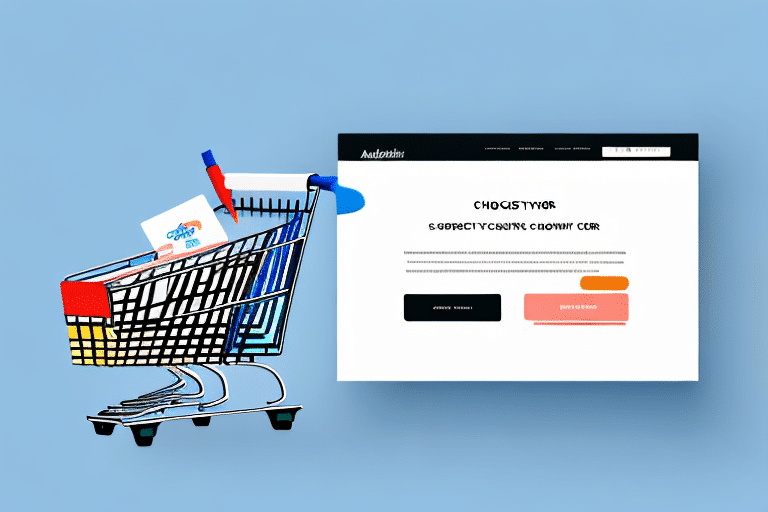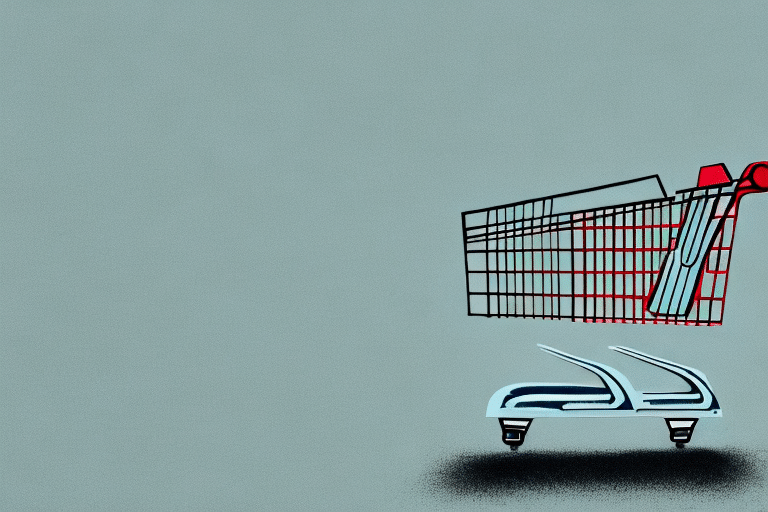Understanding the Difference Between Cart Abandonment and Checkout Abandonment
In the world of e-commerce, cart abandonment and checkout abandonment are two major challenges that businesses face. Both terms refer to customers leaving their shopping carts without completing the purchase. However, they differ in their stages within the purchasing process and require distinct strategies to address effectively. This article delves into the specifics of each phenomenon, explores the reasons behind their occurrence, and provides actionable tips to tackle them.
What is Cart Abandonment and Why Does It Occur?
Cart abandonment occurs when a customer adds items to their shopping cart but leaves the website without completing the purchase. Several factors contribute to cart abandonment, including:
- Unexpected Shipping Costs: Surprising fees at checkout can deter customers.
- Long Checkout Processes: Complicated or lengthy procedures can frustrate shoppers.
- Website Navigation Issues: Difficult-to-navigate sites impede the shopping experience.
- Price Comparisons: Customers may add items to their cart to compare prices elsewhere.
- Lack of Trust: Concerns about website security can prevent purchases.
- Out-of-Stock Items: Limited availability can lead to abandoned carts.
According to a Baymard Institute study, the average cart abandonment rate across industries is nearly 70%. Addressing the reasons behind this high rate is crucial for e-commerce success.
What is Checkout Abandonment and Why Does It Occur?
Checkout abandonment happens when a customer initiates the checkout process but does not complete the purchase. This stage is more advanced than cart abandonment, as customers have already provided personal and payment information. Common reasons for checkout abandonment include:
- Unexpected Costs: Additional fees not disclosed early can discourage completion.
- Payment Issues: Limited payment options or technical glitches can interrupt the process.
- Security Concerns: Lack of trust in the site's security measures.
- Complicated Processes: Requiring too much information or too many steps.
To reduce checkout abandonment, it's essential to offer multiple payment options and simplify the checkout process. Implementing best practices for checkout forms can significantly enhance completion rates.
Common Reasons for Cart and Checkout Abandonment
Reasons for Cart Abandonment
- Unexpected shipping costs
- Long or complicated checkout process
- Difficult website navigation
- Price comparison with other sites
- Browsing without purchase intent
- Out-of-stock items
- Lack of trust in the website
- Unclear return policies
Reasons for Checkout Abandonment
- Unexpected shipping costs
- Security concerns
- Technical difficulties during checkout
- Complicated checkout process
- Payment processing issues
- Lack of preferred payment options
- Lack of transparency in total costs
The Impact of Cart and Checkout Abandonment on Your E-commerce Business
Both cart and checkout abandonment can significantly affect an e-commerce business's revenue and customer loyalty. Customers who abandon their carts may not return, leading to a loss in potential sales and reduced customer lifetime value. Additionally, high abandonment rates can impact your website's SEO, as search engines consider user engagement metrics.
According to a Smart Insights report, businesses lose approximately $4.6 trillion annually due to cart abandonment globally. Addressing abandonment can reclaim a significant portion of lost revenue.
How to Calculate Cart and Checkout Abandonment Rates
Calculating Cart Abandonment Rate
To calculate your cart abandonment rate, use the following formula:
Cart Abandonment Rate = ((Carts Created - Purchases Completed) / Carts Created) × 100
This percentage indicates how many customers leave their carts without completing a purchase.
Calculating Checkout Abandonment Rate
Use this formula to calculate checkout abandonment rate:
Checkout Abandonment Rate = ((Checkouts Initiated - Purchases Completed) / Checkouts Initiated) × 100
Monitoring these metrics helps identify issues in the shopping and checkout processes.
Strategies to Reduce Cart and Checkout Abandonment Rates
Reducing Cart Abandonment
- Offer Free Shipping: Eliminating shipping costs can encourage purchases.
- Simplify the Checkout Process: Reduce the number of steps required to complete a purchase.
- Display Stock Levels: Showing product availability can create urgency.
- Optimize for Mobile: Ensure your site is mobile-friendly for on-the-go shoppers.
- Improve Navigation: Make it easy for customers to find products.
- Provide Discounts: Incentivize customers with special offers to complete their purchase.
- Enhance Customer Service: Offer responsive support to address any concerns promptly.
Reducing Checkout Abandonment
- Clear Progress Indicators: Show customers where they are in the checkout process.
- Multiple Payment Options: Offer various payment methods like credit cards, PayPal, Apple Pay, etc.
- Implement Trust Signals: Use SSL certificates and security badges to build trust.
- Address Errors Promptly: Ensure any issues during checkout are clearly communicated and resolved.
- Allow Cart Saving: Let customers save their carts and return later.
- Transparent Pricing: Clearly display all costs, including taxes and fees, upfront.
Recovering Lost Sales from Abandoned Carts and Checkouts
Recovering from Cart Abandonment
Implement email retargeting campaigns to remind customers of their abandoned carts. Offering incentives like discounts or free shipping can entice them to return and complete their purchase.
Recovering from Checkout Abandonment
Send follow-up emails addressing any potential issues customers faced during checkout. Personalized messaging and simplified checkout links can help recover lost sales.
Best Practices to Prevent Cart and Checkout Abandonment
- Simplify and streamline the checkout process.
- Be transparent about shipping policies and fees from the outset.
- Offer a variety of payment options to cater to different preferences.
- Utilize effective retargeting and email marketing campaigns.
- Provide clear and up-to-date product information.
- Ensure your website is secure and trustworthy.
- Implement responsive customer support to address any issues promptly.
Tools and Techniques to Improve Conversion Rates
- A/B Testing: Test different checkout and product page variations to identify what works best.
- Social Proof: Use customer testimonials and reviews to build trust.
- Exit-Intent Pop-ups: Capture interested customers before they leave the site.
- Personalized Recommendations: Offer product suggestions based on browsing and purchase history.
- Upselling and Cross-Selling: Encourage customers to purchase additional or higher-value items.
Implementing these tools and techniques can significantly enhance user experience and boost your e-commerce store's conversion rates.
Understanding the differences between cart and checkout abandonment is crucial for e-commerce businesses. By identifying the specific reasons behind each type of abandonment and implementing targeted strategies, businesses can reduce abandonment rates, increase revenue, and foster customer loyalty and trust.




















